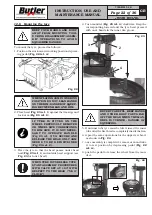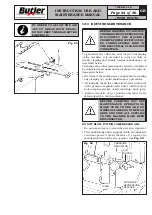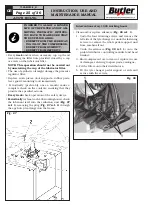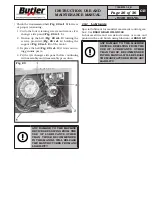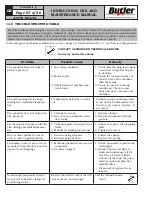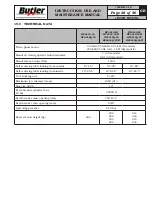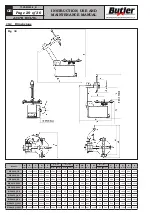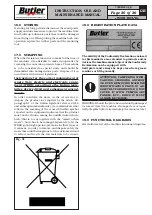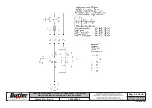
INSTRUCTION, USE AND
MAINTENANCE MANUAL
Page 16 of 36
GB
12.3 Bead breaking
TYRE BEADING MUST BE CARRIED OUT AF-
TER THE TYRE HAS BEEN COMPLETELY DE-
FLATED AND OBSERVING ALL SAFETY RULES:
BEADING PEDAL START-UP CAUSE SUDDEN,
STRONG ARM CLAMPING, THUS REPRESENT-
ING POTENTIAL CRUSHING DANGER FOR
ANYTHING WITHIN THE OPERATING AREA.
DURING TYRE BEADING DO NOT LEAN HANDS
ON TYRE SIDES. DURING TYRE BEADING
SUDDEN NOISE LEVEL PEAKS CAN OCCUR:
THEREFORE THE USE OF SAFETY EARCAPS
IS RECOMMENDED.
After preparing the wheel as described in the previous
point, follow the instructions given below to carry out
the bead breaking procedure:
1. Position the wheel as indicated in
Fig. 14
and move
the bead breaker tool toward the edge of the rim.
PLACE THE VANE SO THAT IT CAN
OPERATE ON TYRE SIDE AND NOT
ON THE RIM.
2. Operate the bead breaker vane by pressing the rela-
tive pedal until the bead has detached. If the bead
does not detach the first time, repeat the operation,
on different points of the wheel, until it has come
away completely.
3. Reverse the position of the wheel and repeat the
operation on the other side.
4. Lubricate the tyre carefully along the entire cir-
cumference of the bead on both sides. Failure to
lubricate might cause friction between the mounting
tool and the tyre, and would cause damage to the
tyre and/or the bead.
Fig. 14
NEVER INSERT ANY PART OF
YOUR BODY BETWEEN THE BEAD
BREAKER TOOL AND THE TYRE,
OR BETWEEN THE TYRE AND THE
WHEEL SUPPORT.
7300-M023-0_B
HP441S.XX - HP441S.XXFI
HP441SQ.XX - HP441SQ.XXFI





















